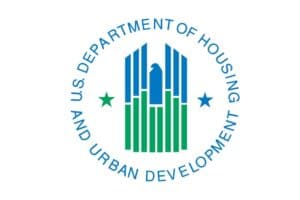Recent bipartisan efforts in Congress aim to address the affordable housing shortage by converting distressed and vacant commercial real estate into residential properties. Notably, the Revitalizing Downtowns and Main Streets Act, introduced by Representatives Mike Carey (R-OH) and Jimmy Gomez (D-CA), proposes a temporary 20 percent tax credit for converting underutilized commercial buildings that are at least 20 years old into affordable housing. At least 20 percent of the resulting units must be designated for those earning 80 percent or less of area median income.
Complementing these legislative efforts, the Biden administration has launched multiple initiatives to support the conversion of high-vacancy commercial buildings into residential use. These include new guidance from the Department of Transportation to support financing for transit-oriented development projects, updates to HUD’s Community Development Block Grant program and the expansion of the General Services Administration’s Good Neighbor Program to promote the sale of surplus federal properties for residential redevelopment.
These initiatives are part of a broader strategy to increase the supply of affordable, energy-efficient housing while revitalizing downtown areas and reducing greenhouse gas emissions from the building sector.
